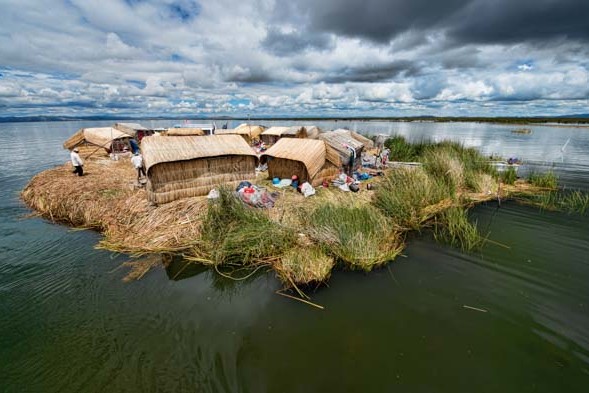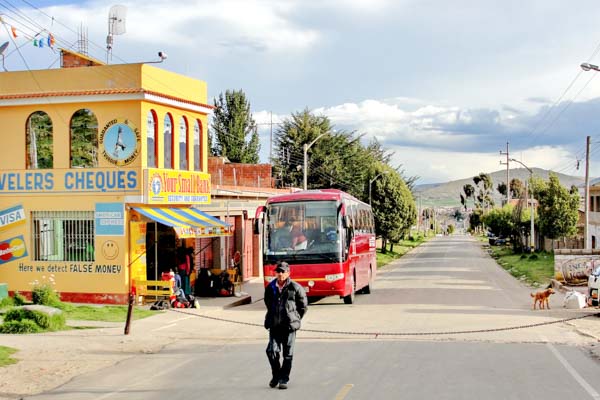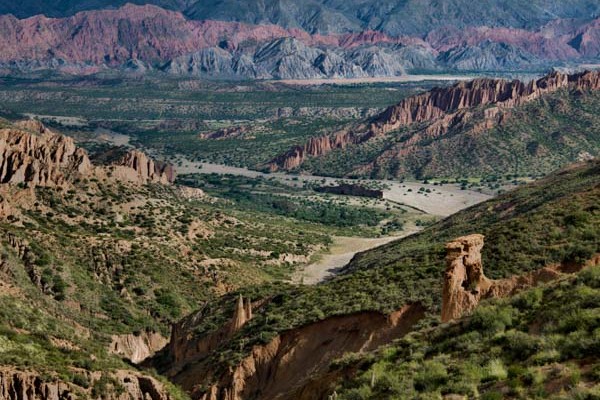Lake Titicaca.
Admit it; you probably giggled a little the first time you heard that name.
It’s ok – I still do.
Now, you’re invited to explore the lake behind the laughs.
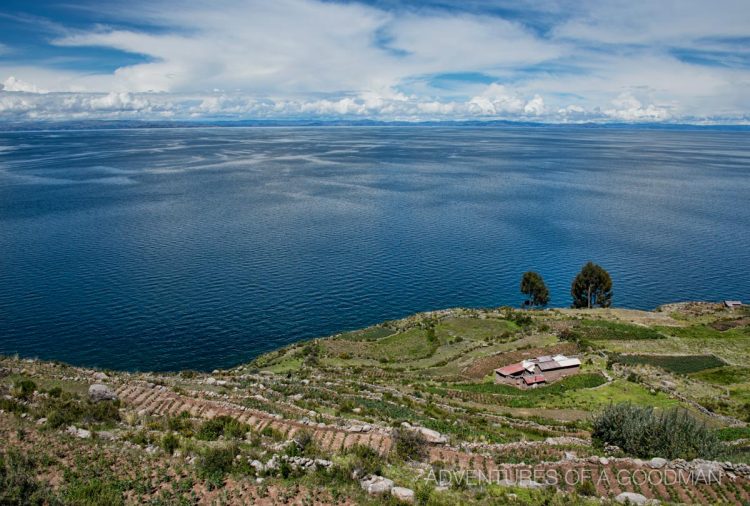
Lake Titicaca . A Brief Overview
Located 3,812 meters above sea level and home to 41 islands, Lake Titicaca is the world’s highest navigable lake.
Its borders are shared by Bolivia and Peru; with both countries joking that their side is the “titi,” while the other side is pure “caca.”
Etymologically, Lake Titicaca has been translated to mean “Rock Puma;” as the lake’s shape looks similar to a puma hunting a rabbit… or so they say.
Myth, Legend and Energy
According to an ancient Incan legend, life on earth began when the god Viracocha rose out of the lake and created our world. ¹
Meanwhile, energy healers consider the lake to be one of the most spiritual and powerful places on Earth; citing it as the largest energy vortex portal in South America. ²



Puno, Peru
On the Peruvian side, most tourists flock to Puno: a sprawling town of 100,000+ residents.
Surrounded by mountains, the town steeply rises into the horizon from the lakeside.
Architecturally, Puno is a fascinating mix of Spanish colonial architecture, brick apartment buildings and shack-like homes.
All-together, it’s a great place to spend a day exploring.
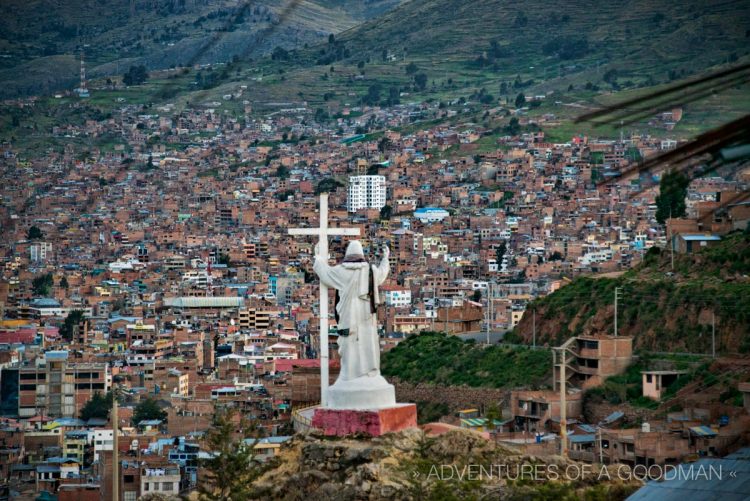
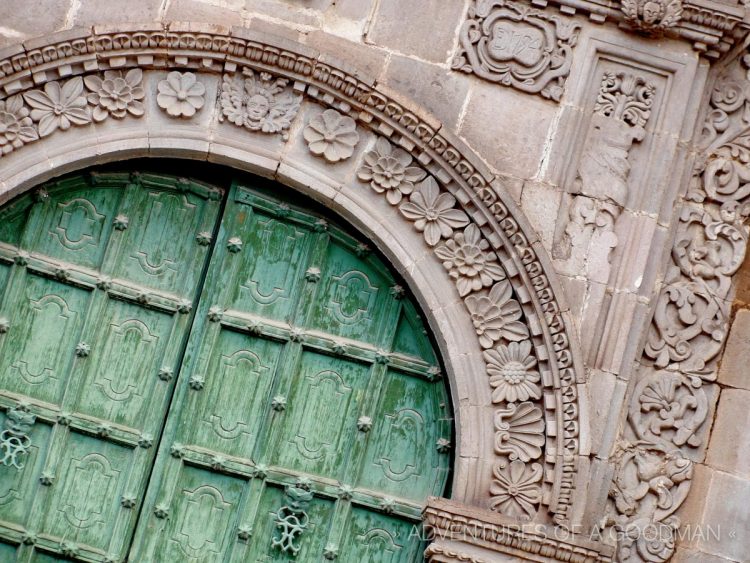

Day trips from Puno, Peru
Once you’ve had your fill of climbing Puno’s countless hilly streets, the city is a great jumping-off point for further exploration.
On land, you can find Incan ruins, local communities, museums, historic ships and more.
Meanwhile, on the shores of Lake Titicaca, countless agencies offer 1-2 day boat tours of the surrounding islands.




Meanwhile, in Bolivia
It’s amazing how different two lakeside towns separated by 90 miles and one international border can be.
Copacabana, Bolivia, takes the basic layout of Puno, subtracts 94% of the population, adds a few hundred hippies and gives it a much more laid-back vibe.
With colorful houses dotting the hillside and a forest that forms a crescent moon around the town, Copacabana is the perfect place to relax, hike, eat, explore, hit the beach and experience local culture.


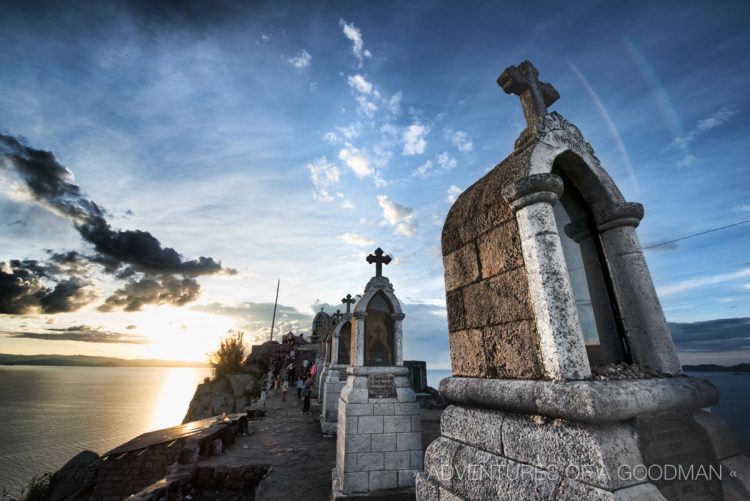
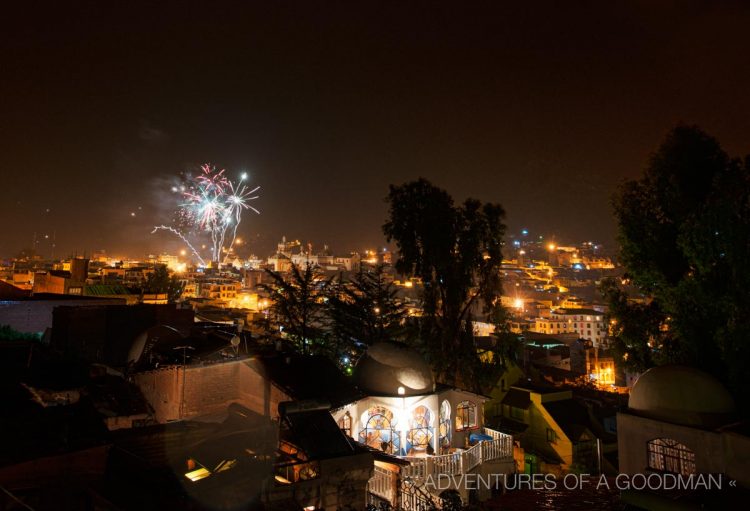
An Epic and Virginal Celebration
For the past four centuries, Bolivia has celebrated la Festividad en Honor a la Virgen de la Candelaria.
In Copacabana, the 431st annual festividad featured two days of parades, intricate costumes, beer-fueled parties, live music, yummy food and fireworks.
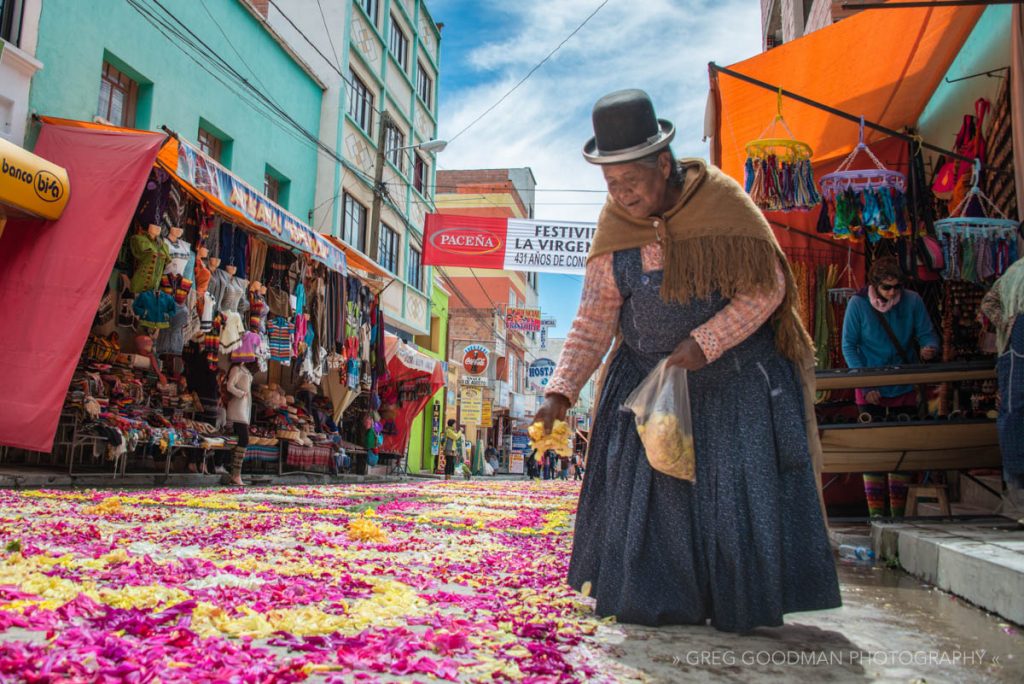


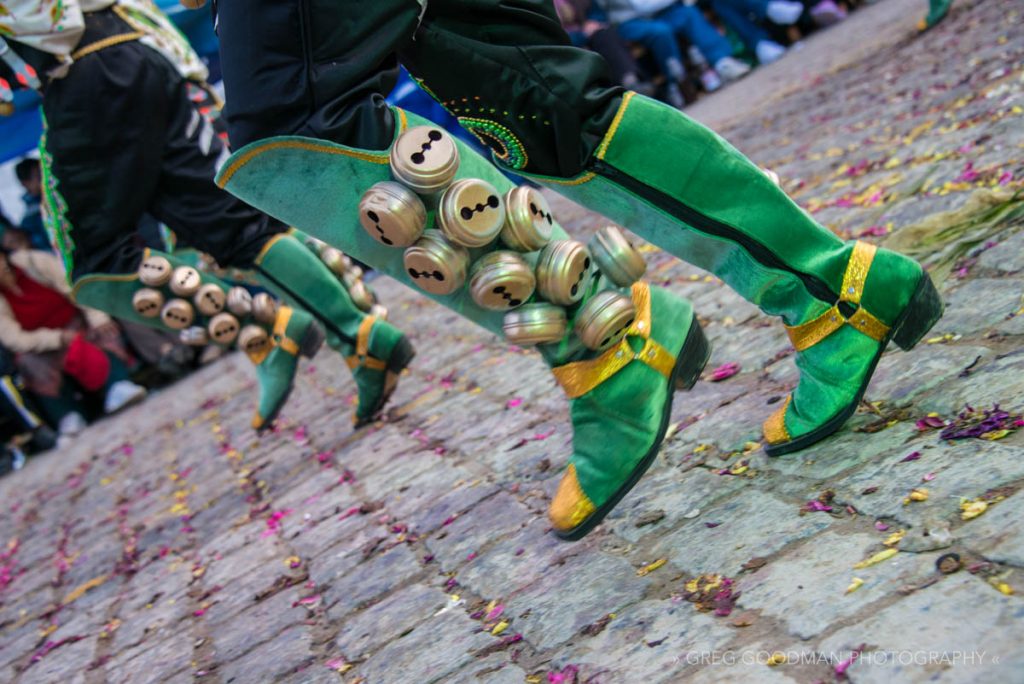
Isla del Sol: the spiritual birthplace of the Incas
According to Incan legend, Isla del Sol is the birthplace of Inti: the Sun God.
“In one version of the myth, the ancient people of the province were without light in the sky for many days and grew frightened of the darkness. Finally, the people saw the Sun emerge from the crag and believed it was the Sun’s dwelling place.” ³
Today, Isla del Sol doubles as Copacabana’s most popular tourist destination.
After a three hour boat ride, visitors can either hike the entire island in an afternoon or stay at one of the local hospedajes and savor the natural beauty and ancient Incan ruins.
My wife and I opted for the latter.
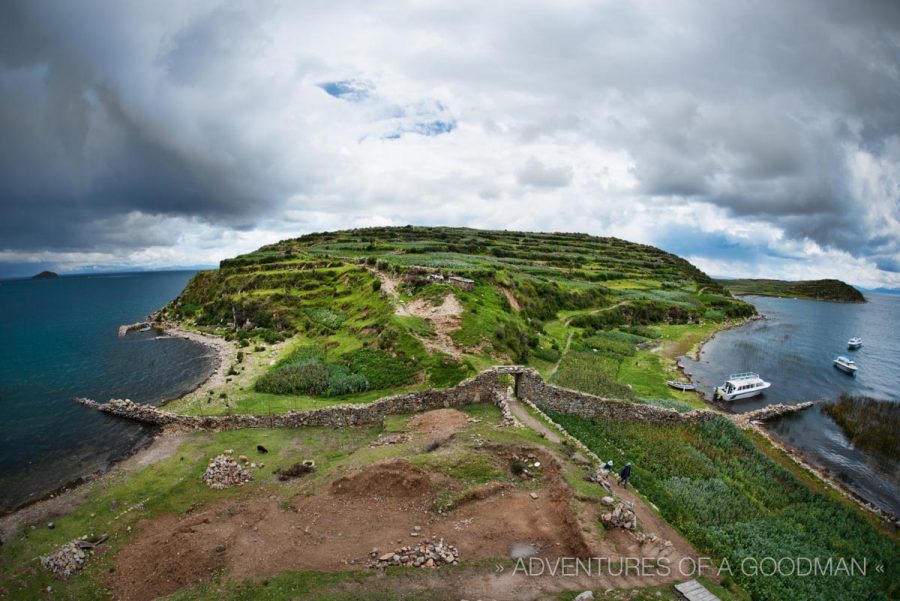
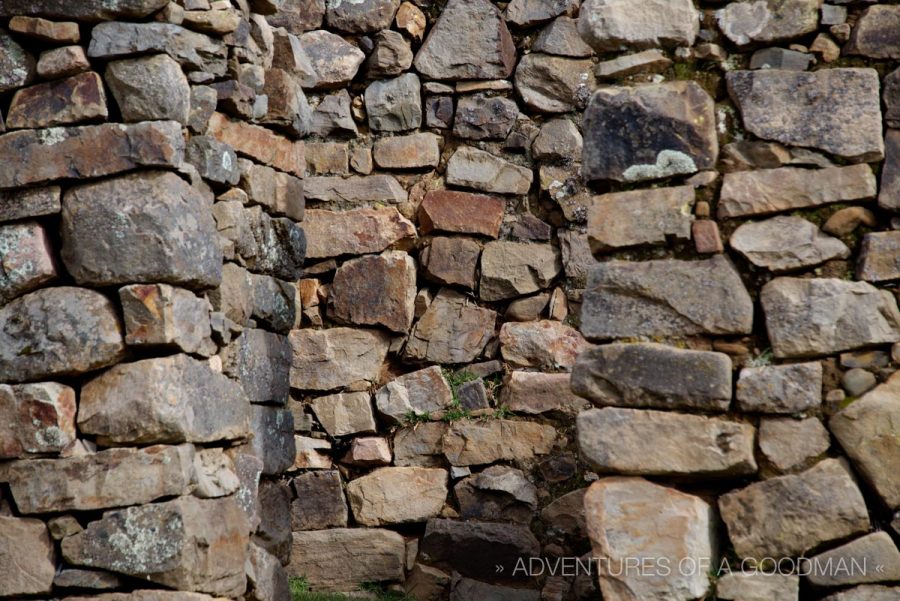
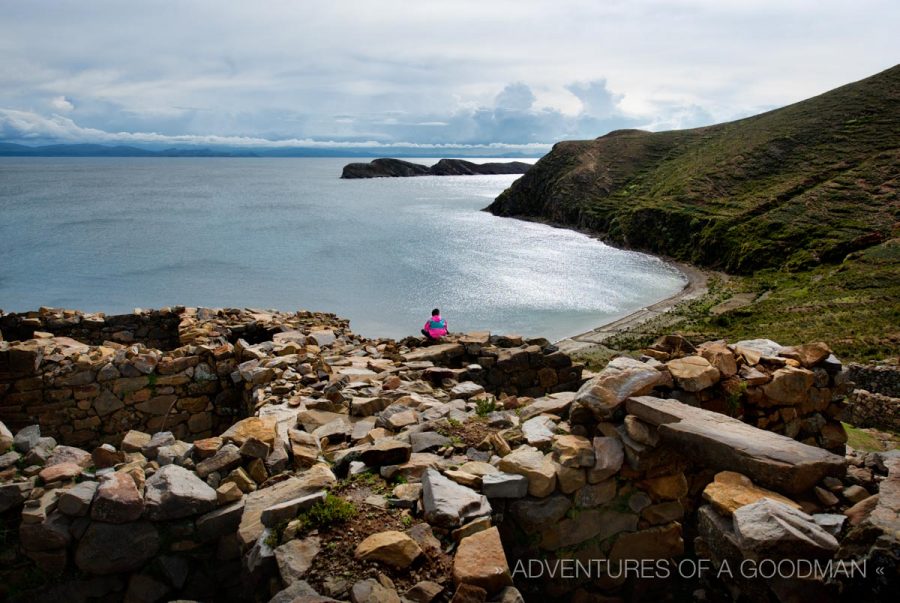

Want more Titicaca?
EXPLORE SOMEWHERE NEW
BUY A PRINT
All photos on this site are available as limited edition fine art photographic prints. Please get in touch for sizes and rates.



